Forest fires in southeastern South Korea flared up again overnight on March 29, hours after firefighters said they had brought under control blazes in Gyeongsang Bukdo Province that had killed dozens and forced thousands to evacuate.
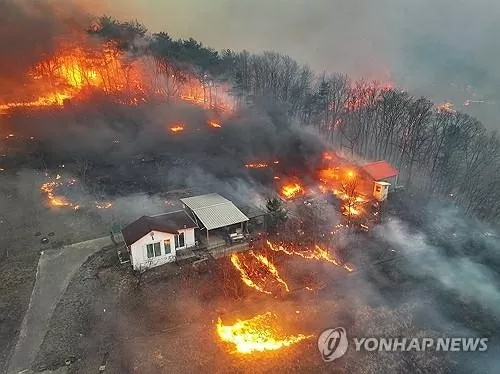 |
| Houses burn in a village in Uiseong, Gyeongsang Bukdo province, southeastern South Korea on March 24. |
On March 29, Yonhap news agency quoted a source from the Korean fire department as saying that the Gyeongsang Bukdo (Geyeongbuk) provincial fire department received a report of smoke rising in the Andon area, 190km southeast of Seoul, from around 10:00 p.m. on March 28 (8:00 p.m. the same day, Vietnam time).
The forest department added that the fire broke out again at around 3:00 a.m. on March 29. The forest fire also flared up again in some other areas of the province. The highway near the area was temporarily blocked from 5:00 a.m. to 9:00 a.m.
Because the mountainous area is inaccessible to road vehicles, firefighters deployed 11 helicopters to fight the fire in Andong. The local government also deployed dozens of helicopters, more than 230 firefighters and civil servants, and 50 soldiers to fight the fires.
Earlier, on the afternoon of March 28, the fire department announced that it had controlled the forest fires in Gyeongsang Bukdo province, which had caused 29 casualties and 41 injuries, while 6,885 people from 4,193 households were still unable to return home after evacuation.
An estimated 48,000 hectares of forest, equivalent to 80% of the capital Seoul, have been burned down in the worst forest fires in South Korea's history.
Meanwhile, the Korean National Heritage Administration has just released a report stating that forest fires have also caused serious damage to cultural heritage, with 30 cultural heritages affected, including 11 national heritages and 16 heritages designated at the city or provincial level.
Notably, two national treasures, Gwanru and Yeonsujeon at Gounsa Temple in Uiseong, and three folk cultural heritages, Songso House, Seobyeok House, and Sanam House in Cheongsong, were all significantly affected.
In response to the emergency, the National Heritage Management Authority mobilized about 750 staff to deploy emergency protection measures, including spraying water to extinguish fires and installing fire-resistant heat-resistant panels and fire-resistant cladding.
Source: https://baoquocte.vn/chay-rung-o-han-quoc-bung-phat-tro-lai-trong-dem-2-bau-vat-quoc-gia-bi-ba-hoa-pha-hoai-309248.html






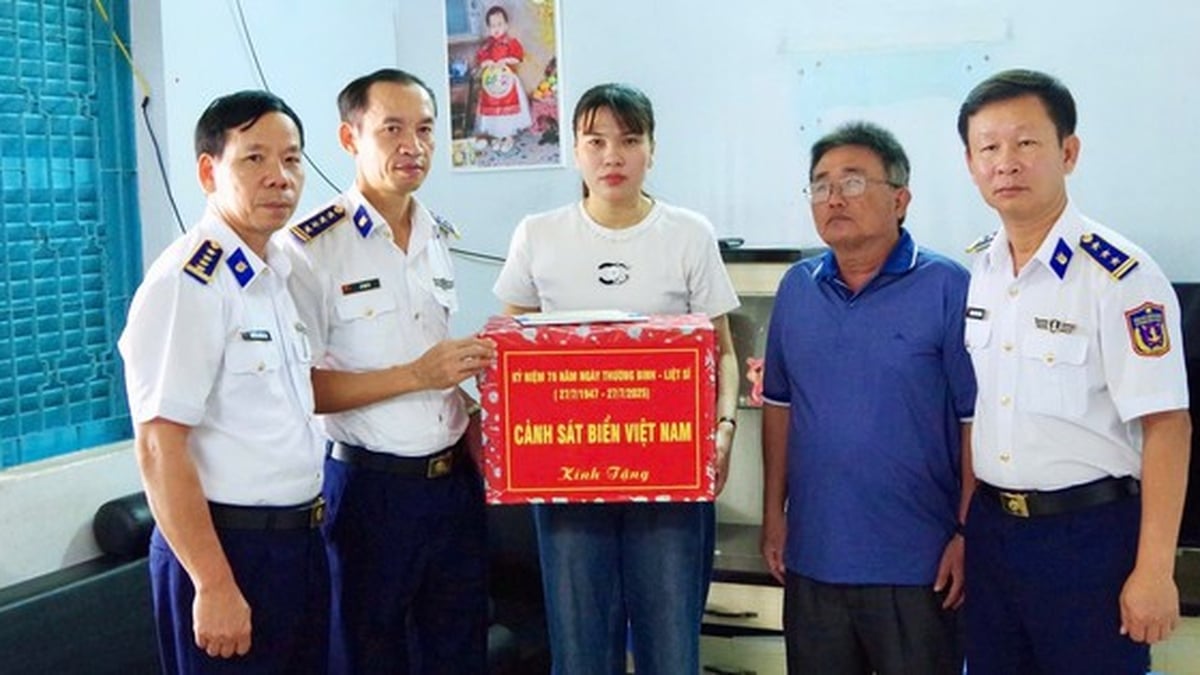
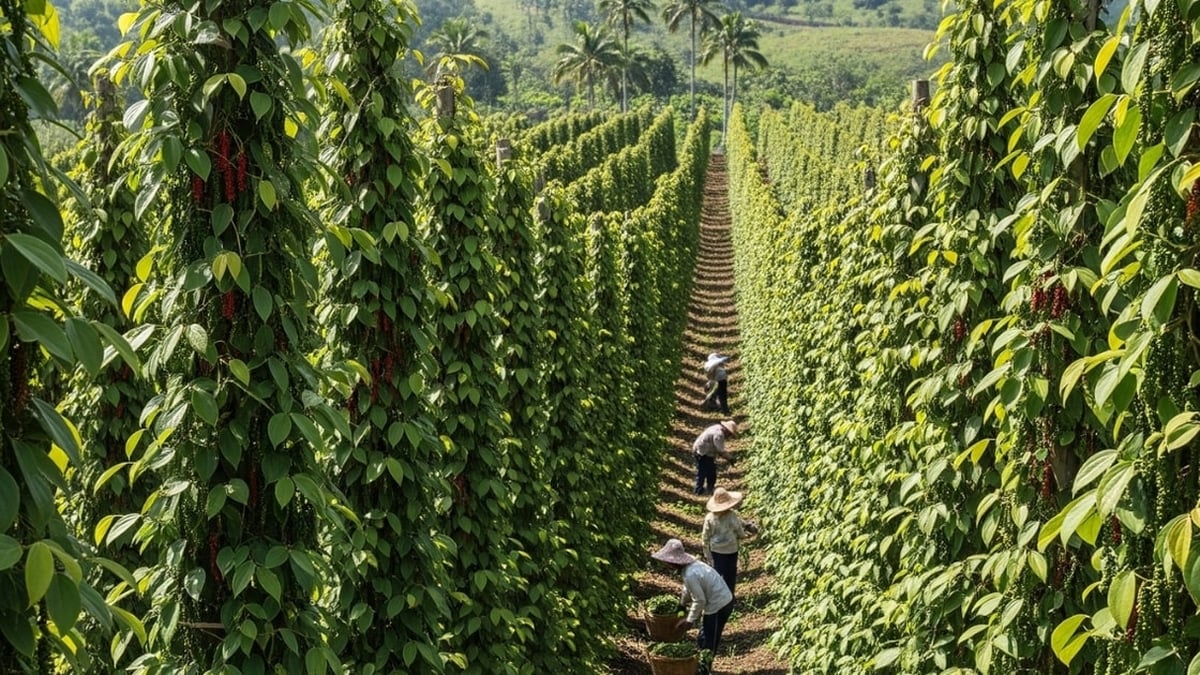
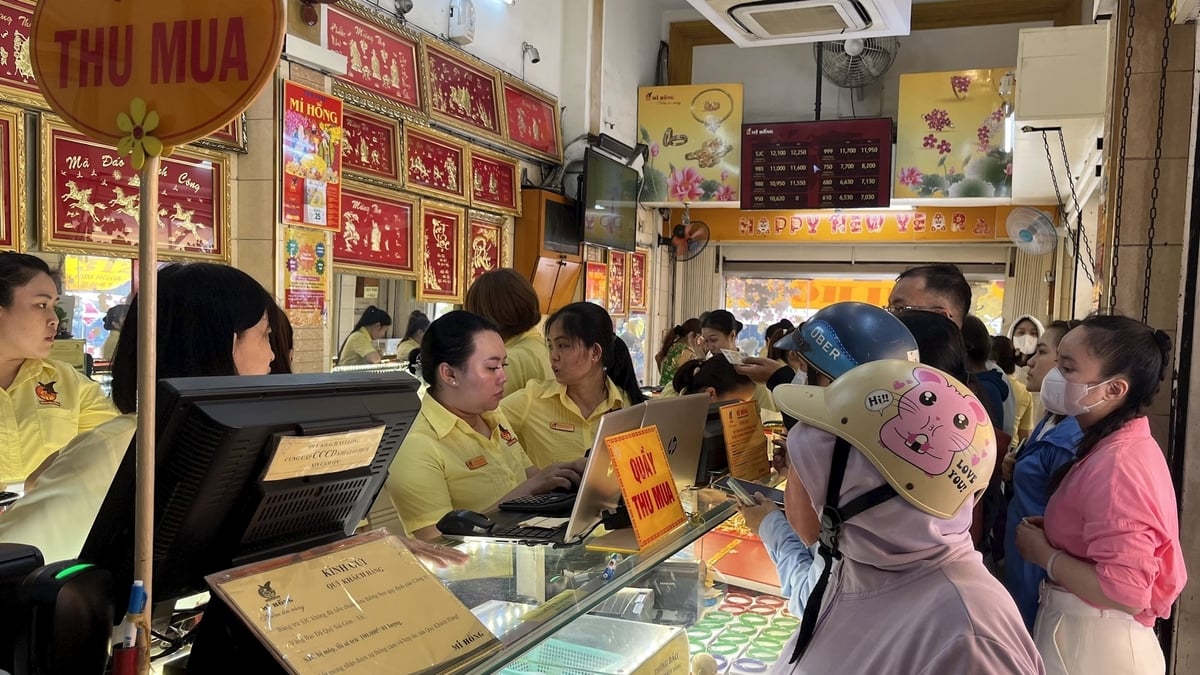
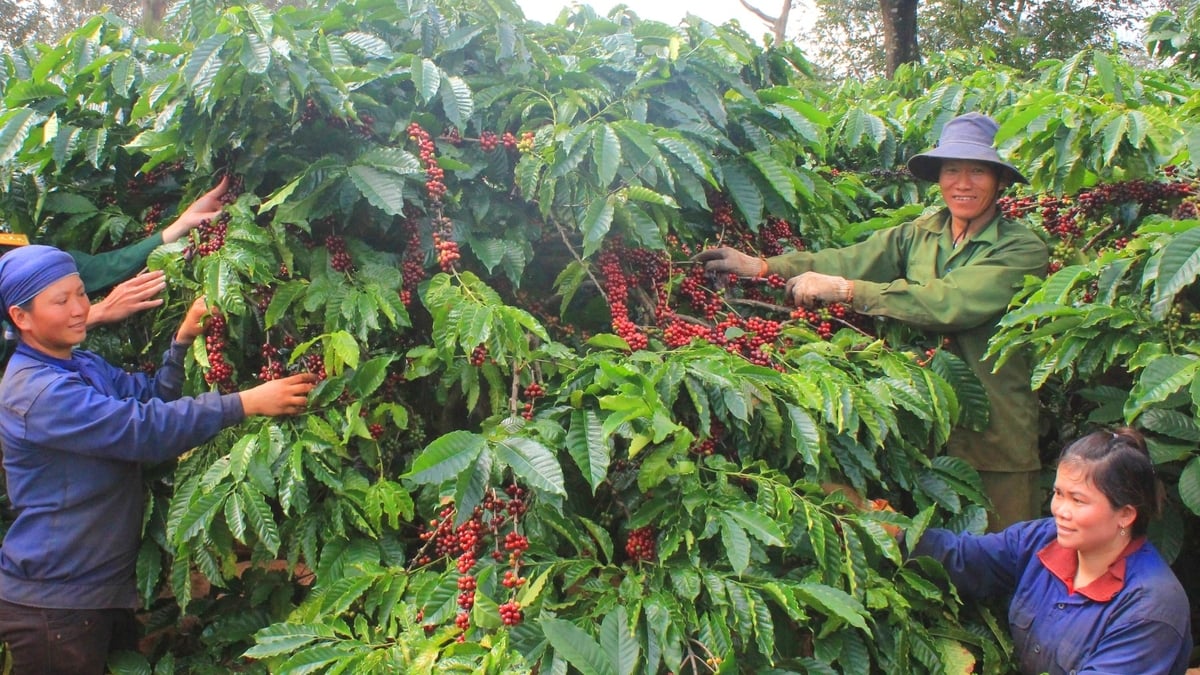
























































































Comment (0)